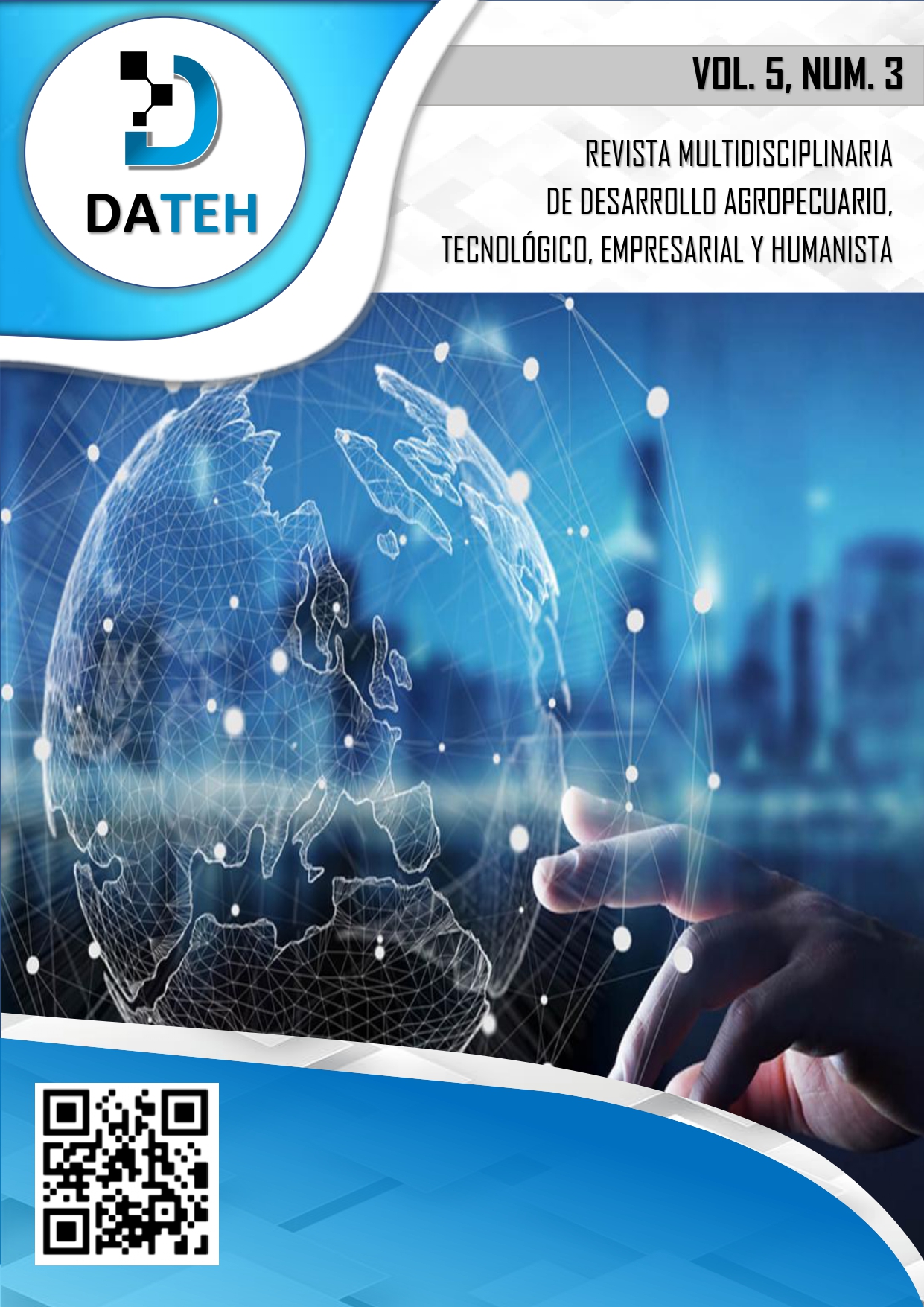Sociolinguistics in digital environments
Abstract
The objective of the research is to examine the role of digital technologies in the evolution of language and forms of communication in digital environments. It focuses on the analysis of how digital technologies have transformed online communication, introducing new tools and linguistic resources such as emoticons, memes, initials, and acronyms. To achieve this objective, a bibliographic analysis was carried out that reviewed previous research in the field of Sociolinguistics in digital environments, specifically those that address the use of emoticons, memes, initials, and acronyms in digital communication. We sought to understand how these tools influence linguistic practices and the transmission of meanings. The article highlights the importance of understanding the evolution of language in the digital age, since these tools not only add expressiveness and communicative efficiency, but also generate new forms of interaction and construction of online identity. The literature review carried out contributes to a deeper understanding of how these digital linguistic tools affect our online interactions and how emotions and meanings are conveyed in the digital environment. The importance of emoticons to convey the emotional tone of messages and avoid misunderstandings is highlighted, as well as the role of memes in humorous and cultural communication online, in addition, the acronyms and initials that have been adopted in everyday language in online, streamlining communication and creating a shared code between users.
Downloads
References
Baron, N. S. (2008). Always On: Lenguaje en un mundo en red [Always On: Language in an Online and Mobile World]. Cambridge University Press.
Boza, M. A. (2017). 7. La Escritura en los entornos digitales. Educare, 20(1), 153-176.
Carr, N. (2010). Superficiales: ¿Qué está haciendo Internet con nuestras mentes? [The Shallows: What the Internet Is Doing to Our Brains]. Ediciones Taurus.
Crystal, D. (2006). Lenguaje e Internet (2ª ed.). Cambridge University Press.
Crystal, D. (2008). Txtng: la muerte de la lengua escrita [Txtng: The Gr8 Db8]. Oxford University Press.
Cuadra, A. (2008). Los modelos comunicacionales en la era digital. La Brecha Digital, 12- 13.
Danet, B., & Herring, S. C. (2007). Introducción. En B. Danet & S. C. Herring (Eds.), El Internet multilingüe: Lengua, cultura y comunicación en línea (pp. 1-33). Oxford University Press.
Derks, D., Fischer, A. H., & Bos, A. E. (2008). The role of emotion in computer-mediated communication: A review. Computers in Human Behavior, 24(3), 766-785.
Dresner, E., y Herring, S. C. (2010). Functions of the nonverbal in CMC: Emoticons and illocutionary force. Communication Theory, 20(3), 249-268.
Herring, S. C. (2007). Un esquema de clasificación facetada para el discurso mediado por computadora. Language@Internet, 4(1).
Herring, S. C. (2011). Discurso mediado por computadora [Computer-mediated discourse]. En The Handbook of Discourse Analysis (2.ª ed., pp. 612-634). John Wiley & Sons.
Hymes, D. (1974). Fundamentos de la sociolingüística: Un enfoque etnográfico. University of Pennsylvania Press.
Knobel, M., & Lankshear, C. (2014). A New Literacies Sampler: New Literacies and Digital Epistemologies. Ediciones Morata.
Labov, W. (1994). Principios del cambio lingüístico: Volumen 1: Factores internos. Wiley-Blackwell.
Lea, M., & Spears, R. (1995). ¿Amor a primera vista? ¿La construcción de relaciones personales a través de redes informáticas [Love at first byte? Building personal relationships over computer networks]. En J. T. Wood y S. Duck (Eds.), Relaciones poco estudiadas: Fuera del camino trillado (pp. 197-233). Lawrence Erlbaum Associates.
Luor, T., Chang, C., y Ju, T. L. (2017). Una investigación empírica sobre el uso de emoticonos en la mensajería instantánea móvil. Online Information Review, 41(6), 744-762.
Miltner, K. M. (2014). «No hay lugar para las carcajadas en LOLCats»: El papel del género, la identidad grupal y el género en la interpretación y disfrute de un meme en Internet. First Monday, 19(8).
McWhorter, J. (2013). El lenguaje en la era digital. Ediciones Paidós.
Milner, R. M. (2016). El mundo hecho meme: Conversaciones públicas y medios participativos. The MIT Press.
Parrilla, E. A. (2008). Alteraciones del lenguaje en la era digital. Comunicar: Revista científica iberoamericana de comunicación y educación.
Phillips, W. (2015). Por eso no podemos tener cosas bonitas: Mapeando la relación entre el troleo en línea y la cultura mainstream. Ediciones Akal.
Shifman, L. (2013). Memes en la cultura digital. Ediciones Akal.
Thurlow, C. y Brown, A. (2003). Generación Txt: La sociolingüística de los mensajes de texto de los jóvenes. Routledge.
Trujillo, N. E. A., Sandoval-Legazpi, J. D. J., Arellano-Panduro, A. D. J., Cárdenas-Flores, F. J. y Rosales-Rentería, R. R. (2020). Uso de las abreviaciones en redes sociales y dispositivos móviles en estudiantes de la Universidad de Guadalajara. RICSH Revista Iberoamericana de las Ciencias Sociales y Humanísticas, 9(17), 103-116.



